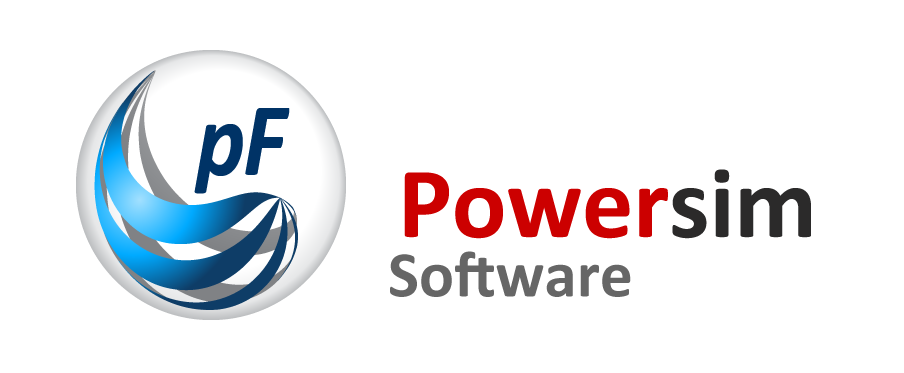
Frequently Asked Questions on the pForecast solution
Below you will find answers to our most Frequently Asked Questions (FAQ).
If you don’t find what you are looking for, please contact us or call us at +47-55 60 65 00 weekdays from 8 AM to 4 PM.
No. pForecast is offered as software as a service (SaaS), whenever and wherever you have access to the internet and compatible internet browsers (Chrome, Edge, etc.), you may use the software.
pForecast complies with the rules of a SaaS solution, using Azure AD for the identification of each user.
Powersim offers technical support but often super users within your company are drilled to handle company-specific questions.
Yes. pForecast can currently be connected to Cognite Data Fusion (CDF). Other connections can be made on demand.
Sure, we do. You can read about our trial period plans here: Try pForecast – pForecast by Powersim Software
No. pForecast is not a substitute for subsurface tools, such as Eclipse and ResX. The output of such tools acts as an input to pForecast.
Data are imported through Excel workbooks being uploaded to the pForecast server. Pre-made templates are available for each information type, and these may be downloaded from pForecast. For rapidly changing data, like historical values, you may connect to Cognite Data Fusion (CDF) to have an automatic import every day. Connections to other databases than CDF can be developed on demand.
Yes, There is a solution in pForecast that allows you to avoid losing the volume. To maintain the volume produced for a well, the production profile used for that well must be defined as ‘volume-based’. This way, the total planned production is preserved by shifting the profile in time in case of any downtime factors or similar issues that prevent the planned production.
Yes. pForecast supports corporate roll-up analysis which is a cumulation of values for a selected set of assets. It can be used to roll up several assets with overlapping owner shares and different aggregation subsets.
Yes. For example, for newly drilled wells with no historical data, you just need to import the production forecast.
Yes and no. If you choose to ignore historical data, the accumulated production will be too low, because pForecast cumulates historical and future production to determine the accumulated production volume.
If you would like to schedule a private session for you and your colleague, and to get a broader demonstration of pForecast, follow the button below!
